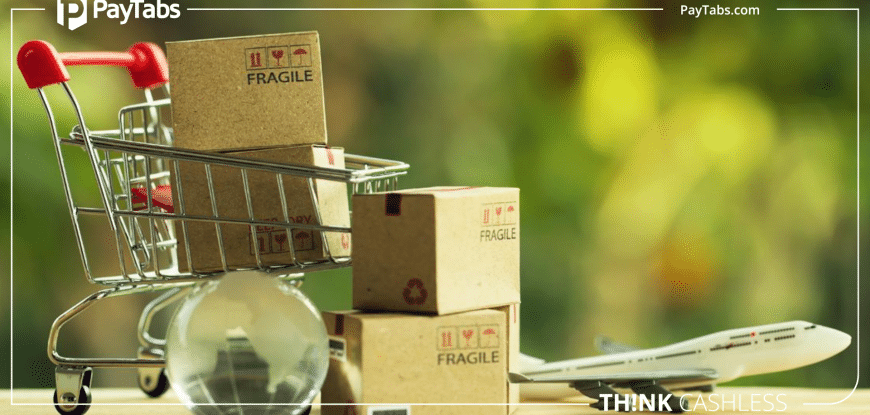How To Give Your Customers a Compelling Digital Experience
With more and more people opting for online shopping, it has become vital for businesses to provide a compelling digital experience. Currently, physical stores are quickly shifting online and competing with existing e-commerce stores to grab shopper attention and achieve better sales. So, to survive this extremely competitive landscape, it is important to come up with strategies to enhance your customers’ online experience. Here are some tips that can help you.
Get to Know Your Market:
While knowing your market well is the key to success in any business, be it online or offline, it is more important for online businesses, as there is so little direct interaction. It is important to tailor your business practices to provide customers with the best possible online shopping experience. Knowing your market well will let you design your business and website in a more appropriate manner. You will be in a better position if you are thoroughly acquainted with your market. Further, you can also fix the right prices to optimize your revenue and profits. These things are not possible unless you carry out a proper analysis of your target market.
Also Read:4 Easy Steps to Improve Your Payment Experience
Revamp Your Online Storefront:
In order to enhance your clients’ digital experience, it is important to provide them customized services. The customization will start with the layout of your website. Make sure your online storefront meets the requirements of your target market. The online store should also be designed in such a manner that your clients do not have any problem navigating through different pages of your website. The processes and procedures used in your online business should be simple enough so that they do not require any excessive explanation.
Focus on Your Social Media Engagements:
Online marketing is one of the biggest determinants of your digital success. And social media is an important part of the online marketing strategy. The best way to go about social media is to integrate it with your online business. Such integration will allow your clients to share their purchases and experiences with your entire target market, providing you with “word of mouth”promotion.There are several actions you can undertake to motivate your customers to share their experiences online. You can set up a reward system where such promotions may result in discounts and other such incentives. You may also want to integrate your offline and online promotion services, to make them more effective.
Make it a Team Effort:
Enhancing the digital experience of your clients will require team work. Online experiences are not the sole responsibility of your digital media team. Coordination within departments is required for your clients to enjoy a seamless experience. For example, the finance department may be required to coordinate to ensure that your clients are able to make their online payments in the most efficient and economic manner. For this, adopting a reliable, fast and secure payment gateway is essential too. Go for a gateway that accepts multiple currencies and offers various payment modes. This will make checkout easier for all kinds of customers.
Seamless Multi Channel Experience:
If you are looking to provide a holistic experience to your clients, it is important that you undertake a multi channel strategy. However, these different channels should be integrated in a seamless manner. The customer care service should be prompt and responsive to the needs of your shoppers. If you are in hybrid mode, where you have both online and offline outlets, then it is important that your clients are able to spread their transactions across these channels. For example, your clients may want to browse your items online and then pick them up from on offline store. Similarly, they may want an offline shopping experience but the ability to make online payments.
All in all, the current crisis has made it vital for businesses to adopt the latest technology. To make their shoppers’ digital experience exemplary.Hence, keeping the above tips in mind will help you stay ahead of competition.
Also Read:5 Online Mobile Shopping Best Practices to Improve Customer Experience





